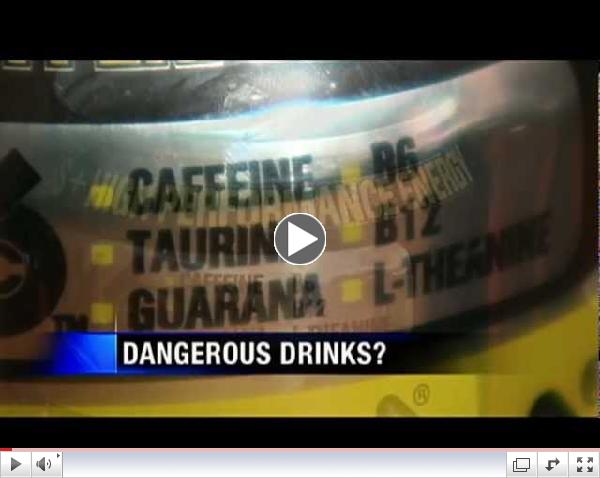Save the Date
MCH's 49th Annual Pediatric Postgraduate Course
February 27- March 2
2014
Register today!
www.ppgcpip.com
________________________
|
|
Risk of suicide attempt in adopted & non-adopted offspring.
| |
692 adopted and 540 non-adopted offspring were evaluated from the Sibling Interaction and Behavior Study conducted at the University of Minnesota. Outcome measures examined were; attempted suicide, and factors known to be associated with suicidal behavior including psychiatric symptoms, personality traits, family environment, and academic disengagement.
After adjusting for factors associ-
 | |
Suicide | via YouTube
|
ated with suicidal behaviors, it appears that adoptees are 3.70 times more likely to attempt suicide than non-adopted children. The reasons for this require further study.
Pediatrics
|
|
Oseltamivir (Tamiflu) for Influenza in hospitalized children without underlying disease.
| |
Tamiflu in an oral prodrug, a relatively inactive chemical which is converted into its active form (neuraminidase inhibitor) by the body's metabolic processes.
A multicentric, retrospective study of all children admitted to hospital without risk factors for serious disease, with a confirmed diagnosis of influenza infection compared (a variety of parameters analyzed) patients treated and untreated with Tamiflu. No significant differences exist between treated and untreated patients for days of fever, hypoxia, length of hospital stay, ICU admission or antibiotic requirement.
Pediatric Infectious Disease Journal
|
|
Updates in Pediatrics is brought to you by:
| |
|
Underwriting Opportunities
|
With a circulation of over 4,900, Updates in Pediatrics offers an excellent opportunity to promote your brand at affordable rates.
|
|
|
Energy drinks & other substance use in adolescents & young adults.
An energy drink is a type of beverage containing primarily caffeine (3 times the amount of caffeine as cola-with or without sugar, herbal extracts and amino acids, etc.) marketed to provide mental and physical stimulation ("Red Bull" is the dominant brand in the USA). They have always been a subset of the soft drink industry. It appears that approximately 66% of drinkers are between 13 and 35 years of age.
A six week study was undertaken of all appropriate patients presenting to a pediatric or adult Emergency Department in which all patients were asked to complete a computer-based questionnaire regarding the use of energy drinks and other substances.
Young adults (18-25 years old) consume more energy drinks than adolescents (57.9% vs. 54.9%); those that use the drink imbibe 2.6 vs. 1.5 drinks per day, respectively. Adolescent energy drink usage is more common than alcohol, illicit drugs or tobacco usage. Pediatricians should be aware of the prevalence of energy drink intake and consider their side effects in all young patients.
Pediatric Emergency Care
|
Video Feature
 | | Energy Drinks Especially Dangerous for Teens |
via YouTube
|
Maxillary Lip-tie & breast feeding.
Successful breast feeding is dependent on a number of factors, one of which is the infant's ability to latch onto the mothers nipple. Oral soft tissue abnormalities may make this process difficult. While a tongue-tie is well known, lip-tie (or the soft tissue attachment of the upper lip to the maxillary gingival tissue) which may equally affect breast feeding is less discussed.
Recognizing (and treating when necessary) this abnormality may be an important factor in ensuring successful breast feeding.
Journal of Human Lactation
|
Neurodevelopmental outcomes at 4-8 yrs. of children born at 22-25 weeks gestation.
A peer review search of available randomized clinical trials, intensely determined inclusion criteria and using a structured data collection form, evaluated the likelihood of adverse neurodevelopmental outcomes in babies born at 22-25 weeks gestation. All extremely preterm infant survivors appear to be at risk for moderate to severe neurodevelopmental outcomes, with each week increase in gestational age improving absolute risk.
JAMA Pediatrics
|
Vitamin D supplementation reduces the risk of recurrent acute otitis media (rAOM).
The association between a deficiency in Vitamin D and infection has been previously hypothesized, though the Institute of Medicine (2011) reported that data for this association were "not consistently supportive of a causal role". 
A study of 116 children with a history of rAOM (> 3 episodes in the preceding 6 months) were prospectively "blindly" randomized to receive either 1,000 IU/day oral Vitamin D or a placebo for 4 months. Serum Vitamin D levels and episodes acute otitis media were monitored for 6 months.
Hypovitaminosis D is common in children with recurrent AOM, and an oral intake of 1,000 IU vitamin D daily corrects this and in most cases significantly reduces the risk of rAOM.
Pediatric Infectious Disease Journal
|
|
|